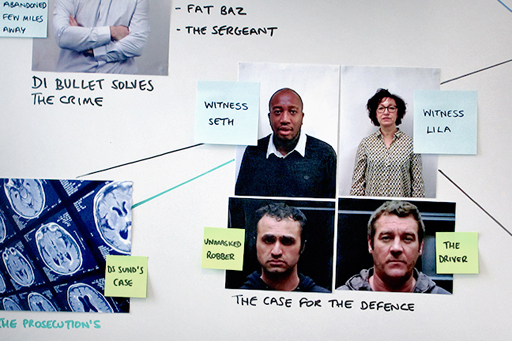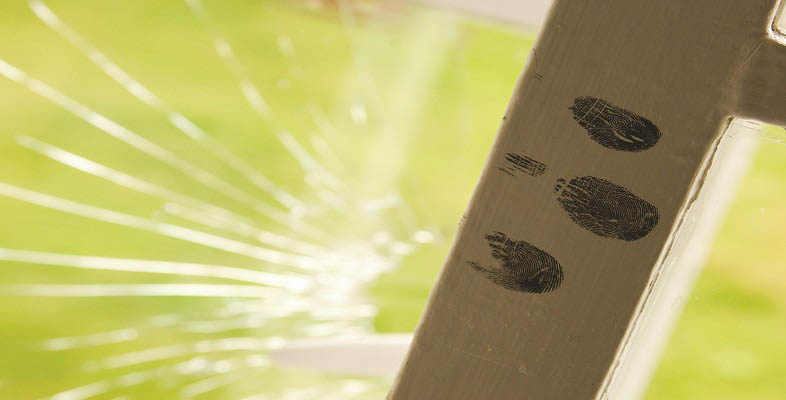2.2 The case for the defence

The defence team have hired you as an expert psychologist and asked you to work through the prosecution defence and report any problems you can see. Below are the key pieces of evidence being used by the prosecution.
Think about each one carefully in light of all you have learned about the psychology of eyewitnesses and police investigations. Is the evidence sound?
- The initial statements provided by the two eyewitnesses are very consistent in terms of describing what happened.
- The interviews with both eyewitnesses provide detailed descriptions that are a very good match for the two men accused.
- The two men were identified by one of the eyewitnesses.
As with DI Bullet’s case, the next activity will test your evaluation of the evidence obtained by DS Sund. Each question contains one of the pieces of evidence above and several potential ways of evaluating it. One of these evaluations was provided by a psychological expert on eyewitness testimony that has acted as an expert witness in court. See if your evaluation matches theirs.
Activity 2 Evaluate the prosecution’s evidence (DS Sund’s case)
a.
Reliable, because the statements were obtained without letting the witnesses share accounts and without the use of leading questions.
b.
Unreliable, because the witnesses were not provided with the opportunity to share accounts.
c.
Reliable, because human memory is very accurate at providing detailed accounts of events.
d.
Unreliable, because the statements were obtained too soon after the crime, when the witnesses would still have been anxious and therefore stressed.
The correct answer is a.
a.
This is correct. The witnesses provided similar evidence about what happened without being able to confer and the information came from their memories rather than being suggested by the detective.
a.
Unreliable, because estimates of height, age and weight are always biased by the witness’s own characteristics.
b.
Reliable, because the witnesses were questioned in a safe environment and not back at the crime scene.
c.
Unreliable, because the same interviewer was used in both interviews, the opinions they formed from the first witness would have then contaminated the memory of the second witness.
d.
Reliable, because a cognitive interview was used and the interviewer avoided influencing or contaminating the memory of the witnesses.
The correct answer is d.
a.
Unreliable, because one of the witnesses failed to identify each of the suspects.
b.
Unreliable, because a sequential presentation style was employed.
c.
Reliable, because the parades used unbiased instructions, a sequential presentation and the construction was fair.
d.
Reliable, as the witnesses were close to the perpetrators under good lighting conditions, and according to the ‘Rule of Fifteen’ this will make their identifications accurate.
The correct answer is c.
c.
Correct! Research has shown video parades constructed from a large database (such as the VIPER parade used here) to be fair and they also involve showing the faces one at a time. DS Sund was also careful not to use a biased instruction, but to point out that the perpetrator might not be present in the parade.
You may find 6.3.1 Video identification parades useful.
